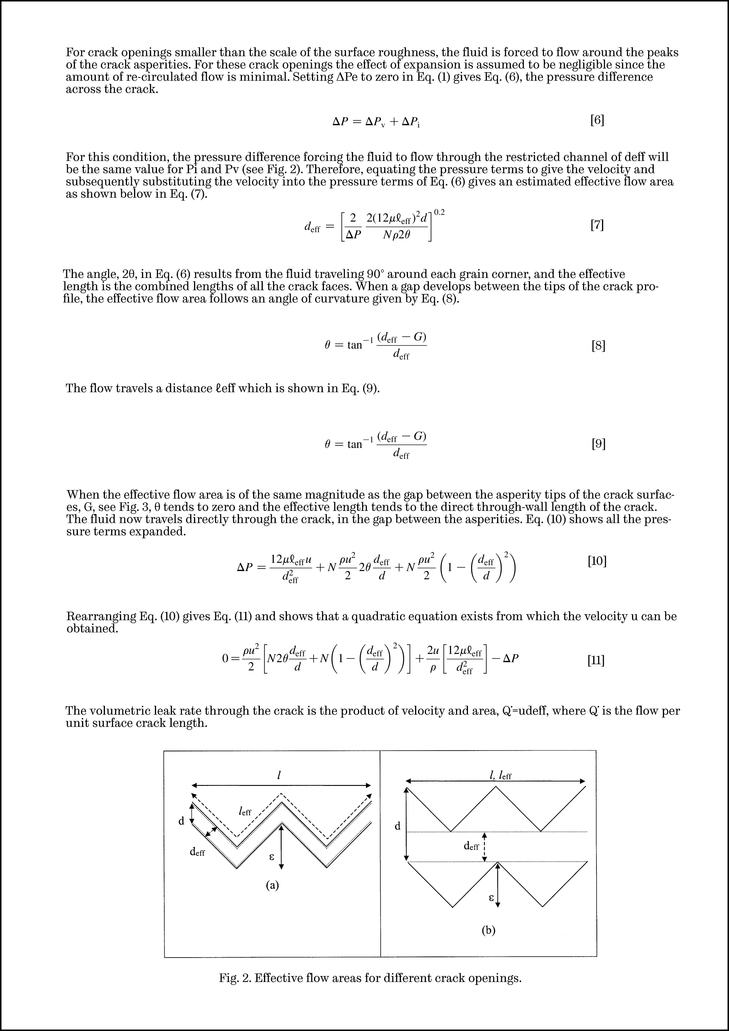
Giving theoretical background to your project
When writing out the theory behind your project, it’s important to maintain a sense of balance. You don’t need to start by stating gravitational attraction or explaining that E=mc2, as there are certain general assumptions that you can make. However, you do need to define any equations or principles that are relevant to your project.
Identify your working area
To help you decide which principles and equations are relevant, think about the area you are working in. In the theoretical sense, this means the particular physics you are applying. This could be material science, classical mechanics, thermodynamics, electronics etc.
Having identified the working area, you can look within this area for the key theory and principles that apply for your experiment.
Remember your audience
It’s important to keep your audience in mind and to consider what they will know so you can give the appropriate level of theoretical detail.
The introduction defines a common platform for the project and should give the reader enough detail about any background assumptions, terminology, and abbreviations.
Describe the journey through the theory
Within the introduction, you should define the key parameter terms, either through diagrams or equations (or both). However, you must also explain the journey through the theory. It is not acceptable to list twenty equations in a row without any linking text.
Instead, the theory section often starts with the known level of knowledge and then links through to establish the necessary steps to complete the aim of the report.
Take a look at this example from a report on leak rates through narrow cracks, notice how the equations are introduced and explained in the surrounding text.

Reproduced from The International Journal of Pressure Vessels and Piping, 82(7), Beck, S., Bagshaw, N. and Yates, J., Explicit equations for leak rates through narrow cracks, pp.565-570 (2005), with permission from Elsevier.
Explain your inputs, variables, and outputs
It should be clear from the theory section what the inputs, variables, and outputs are for the experiment. The initial outputs may well be in the form of raw data; therefore, it is important to show how that raw data will be processed in order to achieve a final result.
Include any equations that you use in the results section
The theory section will be the basis of any analysis that will be undertaken in the results section of the report, therefore it should include any equations that will be used in the results section to understand or carry out the analysis. If you use equations that are not your own, it is important to reference them. You do not need to reference each one separately. For example, writing “The following derivation is adapted from [X]” is fine.
Show examples of theoretical behaviour
The theory section is also a chance to show examples of theoretical behaviour typical to the project, for example, a stress-strain graph for a relevant material. This is so that when you come to discuss your results later in the report, you can show the reader if the result was as expected or differed from theory. It’s important to not just show this behaviour but to also explain the different parts of the behaviour and how they are identified on the graph.